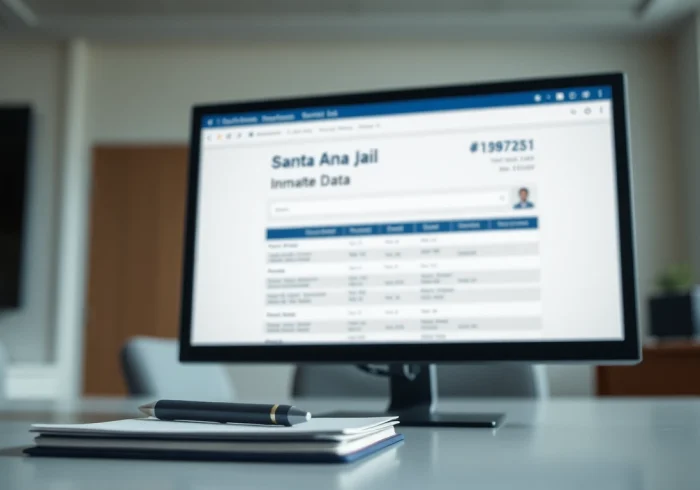Introduction to Trademark Registration
In today’s competitive business landscape, establishing a unique identity is paramount for any brand. One of the cornerstone steps in brand development is obtaining a trademark registration. A trademark serves as a vital tool for safeguarding your intellectual property by providing legal rights to distinguish your goods and services from those of others. This article delves deep into the intricacies of trademark registration in India and US, guiding you through the processes, requirements, and critical differences between the two jurisdictions.
What is a Trademark?
A trademark is a recognizable sign, design, or expression that identifies products or services of a particular source from those of others. The essence of a trademark lies in its ability to create a link between consumers and the manufacturers or service providers, serving not only as an identifier but also as a symbol of quality and goodwill. Trademarks can take various forms, including words, logos, symbols, sounds, and even colors that embody the brand identity.
The Importance of Trademark Registration
Trademark registration is crucial for several reasons:
- Legal Protection: Registered trademarks offer stronger legal protections against counterfeiting and unauthorized use.
- Brand Value: By securing a trademark, a business effectively monetizes its brand identity, potentially increasing its market value.
- Exclusive Rights: Owners of registered trademarks enjoy exclusive rights to use their marks for specific goods or services.
- Asset Creation: Trademarks are considered intellectual property assets that can be bought, sold, or licensed.
- Consumer Trust: A registered trademark builds consumer trust and loyalty, as it assures customers of the quality and authenticity of products or services.
Overview of Trademark Laws in India and the US
The trademark registration processes in India and the United States, while serving the same fundamental purpose, reflect different legal frameworks and requirements. In India, trademarks are primarily governed by the Trade Marks Act, 1999, while in the US, the Lanham Act provides the legal basis. Understanding these frameworks is essential for businesses seeking to navigate cross-border trademark registrations effectively.
Trademark Registration Process in India
Filing a Trademark Application in India
The trademark registration process in India involves several key steps:
- Search for Existing Trademarks: Before filing an application, businesses should conduct a thorough search to ensure that the desired trademark is not already registered or pending registration. This can save significant time and resources.
- Filing the Application: The application must be filed with the Trademark Registry, which requires specific details about the trademark, such as its graphical representation and the goods/services for which registration is sought.
- Examination of the Application: After filing, the application is examined by a trademark examiner who evaluates its compliance with the regulations. If any issues arise, the applicant will be notified.
- Publication in the Trademark Journal: If the application is accepted, it is published in the Trademark Journal for opposition, allowing third parties to contest the registration.
- Registration: If no oppositions are filed, or if opposition proceedings are resolved in favor of the applicant, the trademark is registered, and a certificate will be issued.
Documents Required for Registration
The following documents are typically required for trademark registration in India:
- Application form (Form TM-A), completed and signed
- Trademark representation (for logos, symbols, or designs)
- Details of goods/services associated with the trademark
- Identity and address proof of the applicant
- Power of Attorney if an agent or attorney is filing on behalf of the applicant
Timeline and Fees for Indian Trademark Registration
The timeline for trademark registration in India can vary but typically ranges from 6 months to 2 years, depending on various factors, such as examination time and any opposition proceedings. The fees involved in filing a trademark application in India vary based on the applicant’s undertaking:
- Individual/Startups: Approximately ₹4,500 (for electronic filings)
- Companies: Approximately ₹9,000 (for electronic filings)
Trademark Registration Process in the US
Filing a Trademark Application in the US
The trademark registration process in the United States primarily involves the following steps:
- Trademark Search: Conduct an extensive search in the USPTO’s database to avoid potential conflicts with existing trademarks.
- Filing the Application: Applications are submitted electronically through the United States Patent and Trademark Office (USPTO). Applicants must provide details about the trademark and the goods/services.
- Examination: The USPTO examines the application to ensure compliance with legal requirements. They may issue an Office Action if further information is required.
- Publication: Approved applications are published in the Official Gazette, allowing third parties to oppose the registration.
- Registration: If unopposed, the trademark is registered, and a Certificate of Registration is issued.
Understanding USPTO Requirements
To ensure a successful trademark application, the following elements are crucial:
- A detailed description of the goods/services
- Identification of the trademark type (standard character, special forms, etc.)
- Proof of use in commerce (if applicable) or an intent-to-use basis indication
Cost and Duration of US Trademark Registration
The cost associated with registering a trademark in the US varies based on the application type:
- TEAS Standard Application: $350 per class of goods/services
- TEAS Plus Application: $250 per class, but with stricter requirements
The average time for registration is about 8 to 12 months from the date of filing, depending on the backlog at the USPTO and any potential opposition.
Key Differences Between India and US Trademark Laws
Trademark Filing Procedures
The trademark filing procedures differ in many aspects between India and the US:
- In India, applications can be filed based on intent to use, while in the US, an application based on ‘actual use in commerce’ is generally preferred.
- The opposition period after publication is 2 months in India, whereas in the US, it is generally 30 days but can be extended.
- The examination process in India may also involve a waiting period, influenced by the backlog of applications, while the US has more streamlined processes.
Renewal and Maintenance Regulations
Renewal and maintenance practices illustrate critical differences:
- In the US, registered trademarks must be renewed every ten years and require a declaration of use after five years.
- In India, trademarks are renewed every ten years without the need for periodic declarations of use, although proof of usage may be demanded at the time of renewal.
Dispute Resolution Mechanisms
Dispute resolution varies significantly in both countries:
- In India, disputes may be addressed through mediation or civil suits in appropriate jurisdiction, while the US has established administrative routes through the USPTO to address most conflicts.
- Opposition to trademark registration in the US typically occurs within the initial phases post-publication, while India allows for it after a longer examination cycle.
Conclusion and Best Practices
Choosing the Right Trademark for Your Business
Selecting a trademark requires strategic thought and creativity. A good trademark is distinctive and expressive, capable of evoking positive emotions from consumers. It’s advisable to engage in comprehensive trademark searches and consider future scalability as your business evolves.
Common Mistakes to Avoid
Common pitfalls during the trademark registration process include:
- Neglecting to conduct thorough research on existing trademarks, potentially leading to overlaps.
- Underestimating the importance of providing accurate descriptions of goods/services, resulting in delays.
- Failing to respond timely to office actions or opposition notices.
Final Thoughts on Trademark Registration in India and the US
Securing a trademark is a pivotal step in establishing a brand that stands out in today’s marketplace. Understanding the processes in both India and the US not only enables businesses to protect their intellectual property but also boosts their potential for growth and expansion. As markets become increasingly globalized, effective trademark management across jurisdictions is essential for the long-term success of a brand.



